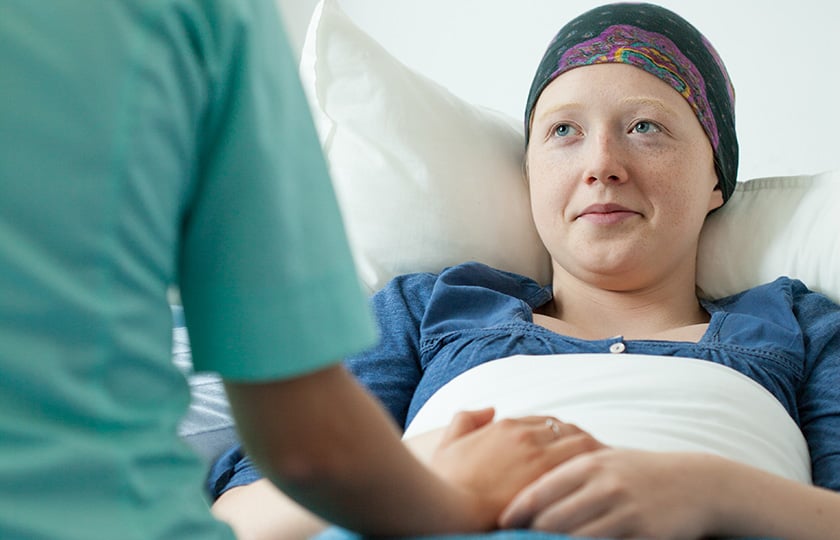Tumoroids - Promising New Perspectives for Personalized Medicine
Personalized medicine requires establishing a patient-derived tumoroid (PDT), or tumor-like organoid that accurately replicates the patient tumor for drug screening. To support this, ThinCert® has been used to develop vascularized PDTs based on non-small cell lung cancer tumors in a few days.
Success in personalized medicine hinges on the ability to deliver treatment that readily meets the individual patient's needs.
The need for speed to replicate the tumor microenvironment
Success in personalized medicine hinges on the ability to deliver treatment that readily meets the individual patient's needs. Speed is essential to enable “back-to-patient” personalized therapy within two to three weeks of receiving a biopsy from the patient. As we saw from the first article in this series, this can involve quickly establishing a patient-derived tumoroid (PDT), or tumor-like organoid, that accurately recapitulates the patient tumor and can be used for drug screening.
A case study: vascularization of a PDT from non-small-cell lung cancer
A research group based at INSERM (French National Institute of Health and Medical Research), Strasbourg, France have developed a method to quickly generate a vascularized PDT that more accurately recapitulates a patient tumor for drug screening (1).
Earlier efforts to generate PDTs have often involved mimicking the extracellular matrix (ECM) using several gel-based approaches that include hydrogels based on tumor extracts containing basement membrane ECM proteins. The researchers decided against this approach because lot-to-lot variability of hydrogels can result in data irreproducibility (2, 3). Instead, they created PDTs and vascularized them on a fibrin gel immobilized on a permeable membrane (ThinCert®).
Using this method, the researchers could create PDTs using only fibroblasts and avoided the need to add ECM components. They showed that:
● Neovascularized vessels can infiltrate PDTs.
● Endothelial cells from the PDT infiltrate the surrounding tumor environment and grow rapidly to form a vascular network.
● Vessels neovascularized in the fibrin could be connected to those neovascularized in the PDTs.
The researchers concluded that their method “could be used to test conventional therapies such radiotherapy, chemotherapy, immunotherapy or virotherapy for personalized medicine, or could be further implemented in a microfluidic device to perform drug screening for personalized medicine”.
Ready to enter the next level?
Please fill out this form and contact our experts today to find the perfect solution for you!
Don't miss our regular updates on scientific topics around 3D Cell Culture
References
[1] Seitlinger J, Nounsi A, Idoux-Gillet Y, Santos Pujol E, Lê H, Grandgirard E, Olland A, Lindner V, Zaupa C, Balloul JM, Quemeneur E, Massard G, Falcoz PE, Hua G, Benkirane-Jessel N. Vascularization of Patient-Derived Tumoroid from Non-Small-Cell Lung Cancer and Its Microenvironment. Biomedicines. 2022 May 10;10(5):1103. doi: 10.3390/biomedicines10051103. PMID: 35625840; PMCID: PMC9138465.[2]Aisenbrey EA, Murphy WL. Synthetic alternatives to Matrigel. Nat Rev Mater. 2020 Jul;5(7):539-551. doi: 10.1038/s41578-020-0199-8. Epub 2020 May 27. PMID: 32953138; PMCID: PMC7500703.
[3]Kozlowski MT, Crook CJ, Ku HT. Towards organoid culture without Matrigel. Commun Biol. 2021 Dec 10;4(1):1387. doi: 10.1038/s42003-021-02910-8. PMID: 34893703; PMCID: PMC8664924.
